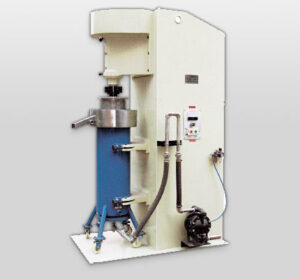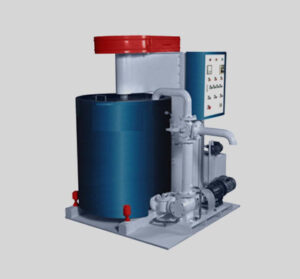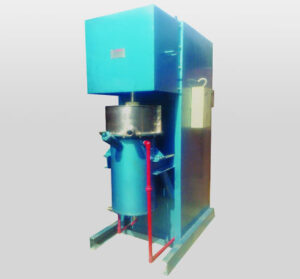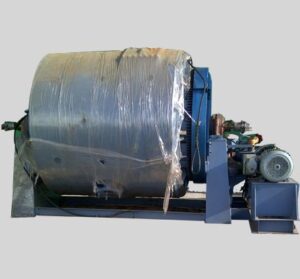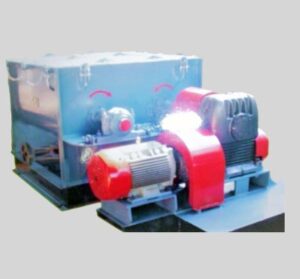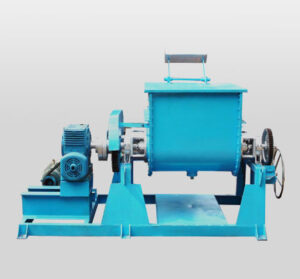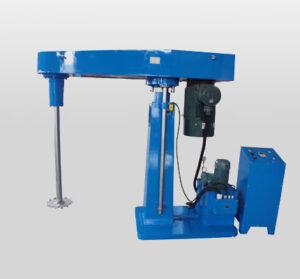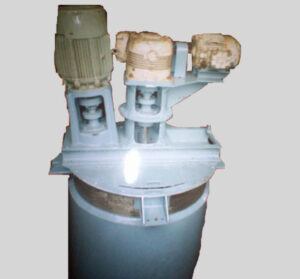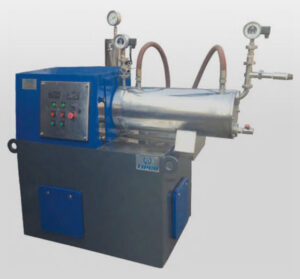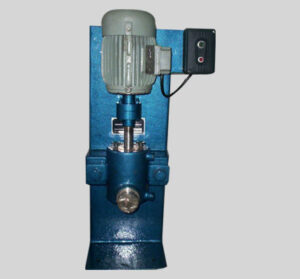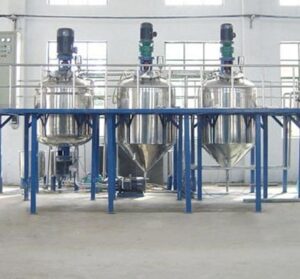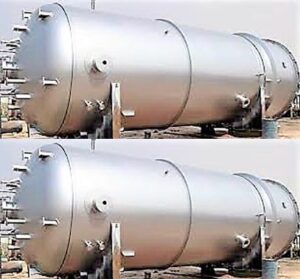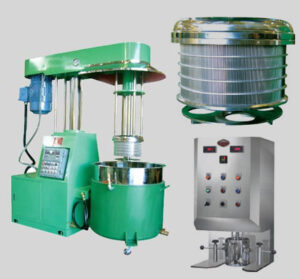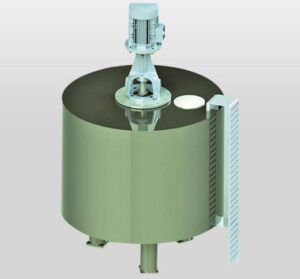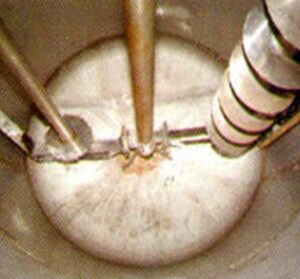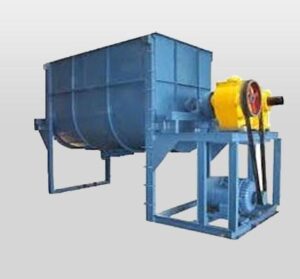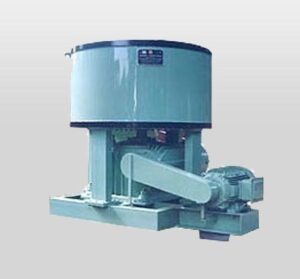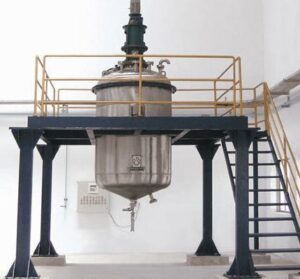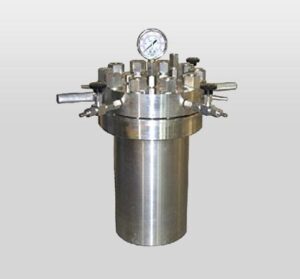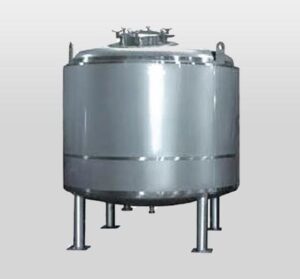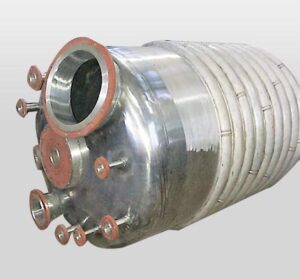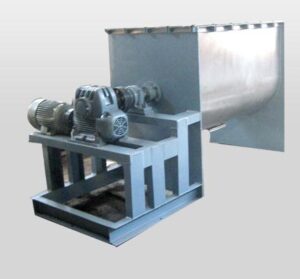Author: Raymer Engineering Corporation | Published on : 30 Oct 2021
- Enamel paints are frequently described in several terms; oil-based, solvent based, alkyd, water-based, water-borne, water reducible, improved alkyd, and others.
- These are really just variations on a common theme.
- The main element is the resin; it’s the real guts of the product.
- Enamels can be formulated for any shine level.
- It is a glass coating that is melted or kiln-baked at very high temperatures onto metal or ceramics.
Which machines are used in the Enamel Making Process and why?
- High Speed Disperser is used in the enamel making process to proficiently mix products and adjoin incompatible ingredients.
- Sand mill is used in the enamel making process for the size reduction and dissolving of pigments in the liquids.
Slurry Making
Slurry is made in the High Speed Disperser. In this process the materials are mixed to effect a liquid compound which can be passed through the sand mill. The slurry will consist of pigment, solvent, resins, thickeners, additives and other materials depending on the formulation. The stirrer shaft which revolves at about 1400RPM dissolves these materials and partly removes the agglomerates, to ensure a smooth liquid with very few blobs of unmixed materials.
Dispersing the Slurry to Homogeneous Material
Once the slurry is made in the High Speed disperser, the same is passed through the sand mill. The principle of sand milling is that each individual pigment particle is separated and is coated with the resin, solvent, binder, thickener, additives in a consistent homogeneous manner. The slurry is pumped into the sand mill from the bottom with the help of a feed pump. The flow rate is adjusted with the help of mechanical/electrical variator.
The pumped liquid is passed through a shell containing grinding media, which is basically glass beads, zirconia beads, steel balls. The shearing action takes place as the slurry is passed through the grinding media. The velocity to the grinding media is given by the shaft with impellers discs fitted to a motor. The shaft rotates at the particular speed imparting velocity to the grinding media, through which the slurry is passed.
Shearing action is imparted by friction between the two beads of the grinding media. As the slurry passes through these beads the agglomerates are separated by the shearing action. As the material is pumped it rises to the top of the shell where the product material is passed through a sieve. The grinding media is separated and only the product material drains out into a collection port and out through the sand mill discharge nozzle. The finesse can be attained in a single pass or by multiple passes if required. Thus a uniform particle size is achieved.
Thinning and Tinting/Shade Matching
The finished material from the sand mill is passed into the thinning tank. This tank is used basically for getting the consistency of the material and also for tinting or shade matching. The thinning tank is a slow speed mixer having three sets of paddle blades moving at a fixed speed. Addition of materials like solvent, tinkers, resins are added to get the right shade and consistency of the materials.
Machines used in Paint Making / Manufacturing
LET’S TALK ABOUT YOUR PROJECT
We would love to help you with your specialist application, enter your details below; we will
be in touch – no obligation.
About Raymer Engineering Corporation
Raymer Engineering Corporation was conceived in 1973. Since the foundation for meeting the requirements of paint dispersers and manufacturing machines, we have remained committed to fulfilling client’s requirements, while developing and sustaining long term relationships with honesty, integrity and respect. Through years of growth, dedication and innovation, we have registered a dominant position as one of the leading manufacturers, suppliers and exporters of Paint Manufacturing Machinery. With the strong support of skilled craftsmen and modern production technologies, we produce a broad spectrum of products such as Sand Mill, Ribbon Blender/Pug Mixer, Sigma Kneader, Twin Shaft Disperser, etc. Our business has experienced tremendous growth as we have continued to add new products and services to meet the demands of a rapidly expanding customer base.
Banking on the principles of continuous development and product improvement policies, we have consistently worked towards offering innovative products to clients. Moreover, continuous improvement of the quality system through continuous monitoring has enabled us to meet the changing needs of industry. Thus, with innovative production techniques and quality intensive applications, we have been able to cater to the process equipment needs of various industries including chemical manufacturing, glass and ceramics, etc., in the national as well as international markets.



